- Joined
- Jan 25, 2015
- Messages
- 2,558
I've got collets and mills for my atlas. Ive used them for small projects before.I searched for an Atlas milling attachment and it looks like you would use an endmill to cut each side of the spline then clear the middle out. Indexing would still be an issue. My dad got a patent on a gadget to put on shafts and used the center out of a protractor. set it at zero and level, then on the next spline move the protractor to the required angle and re-level by rotating the shaft.
Yup, weld on flange. Although I plan ro make those too.There might be another way for the splines but I don't know whether it would save any work just different way to do it. If they are a standard 6 spline you can buy stub shafts from tractor supplies and weld it in the axle. You would have to keep it pretty straight then put it in the lathe and turn to size and straight. I am assuming you will weld the flange on it as well because turning it from solid is a lot of work.
Nope, existing axles are in fine shape.A third way to do it might be able to salvage the existing axles. I assume you are replacing the axles as the splines have worn out. Make a small flange that would press on the axle and keyed. If indeed you can find stub spline shafts that fit weld a flange on them, true and put register on the flange to bolt it to the axle. Now you have a sacrificial part that can be replaced with a lot less effort.
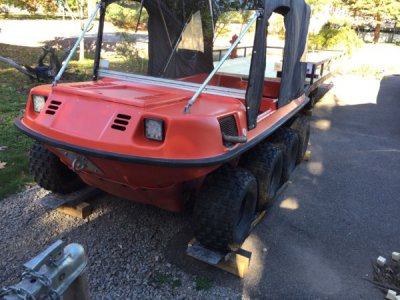
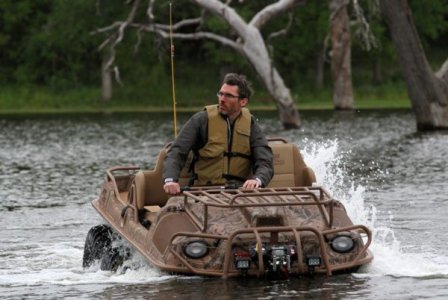
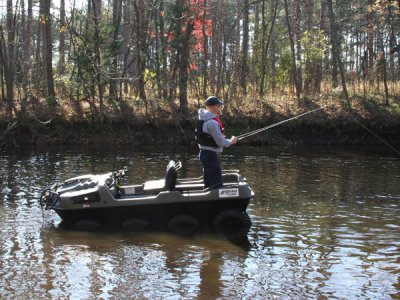
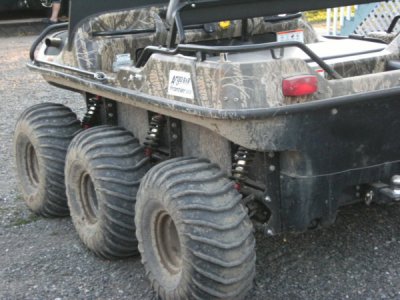
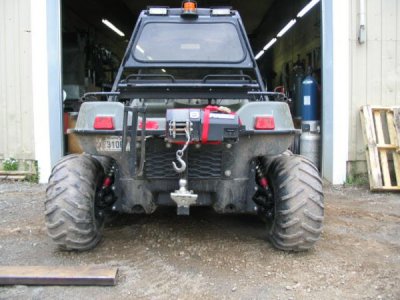
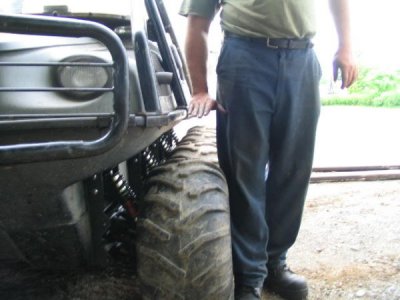
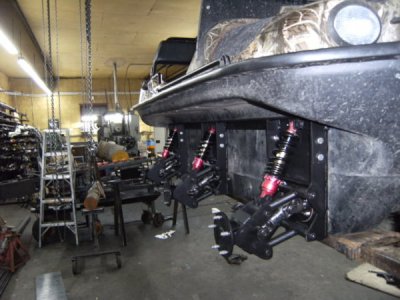
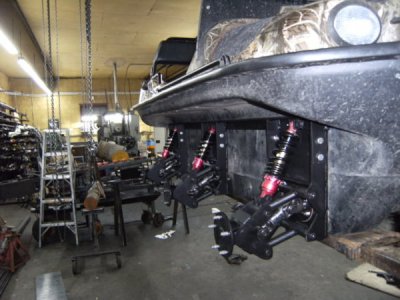
no idea if it is "standard PTO splines" or not."The axles pass through a housing with seals and grease packing to "seal" the hull to the axles so it wont sonk like a stone. So the axles have to be (essentially) one piece unril they are on the outer side of the hull."
If it is standard PTO splines. Then buy the spline shafting. Have the splined section on the frame work. Make a hub that seals to the body, that has the PTO spline female section on the inside, and the female splines that fit what ever half shafts you decide to use on the outside.
Design to use the most off the shelf parts that you can. Find a front wheel drive half shaft that is the size you want, The hubs from that car may work, and then go from there.
I think I would further copy the front wheel car suspension, with the lower A arms, the knuckle, and a mcpherson strut & spring. Or better yet, 8 air springs.
